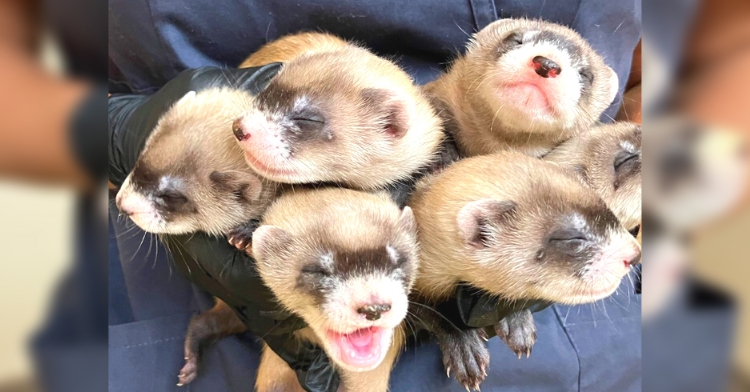The National Zoo has not one, not two, but eight adorable new additions! In late May of 2023, the Smithsonian’s National Zoo and Conservation Biology Institute welcomed a litter of endangered black-footed ferret kits. After a fragile start, these adorable kits have begun to reach important developmental milestones!
Videos by InspireMore
Animal care staff have been closely monitoring first-time mom, Hickory, and her kits’ development through the Black-Footed Ferret Cam. This cam allows staff to keep a close eye on the group without interfering with the new mother.
They also shared this cam with the public, providing a unique opportunity for people around the world to witness their growth.
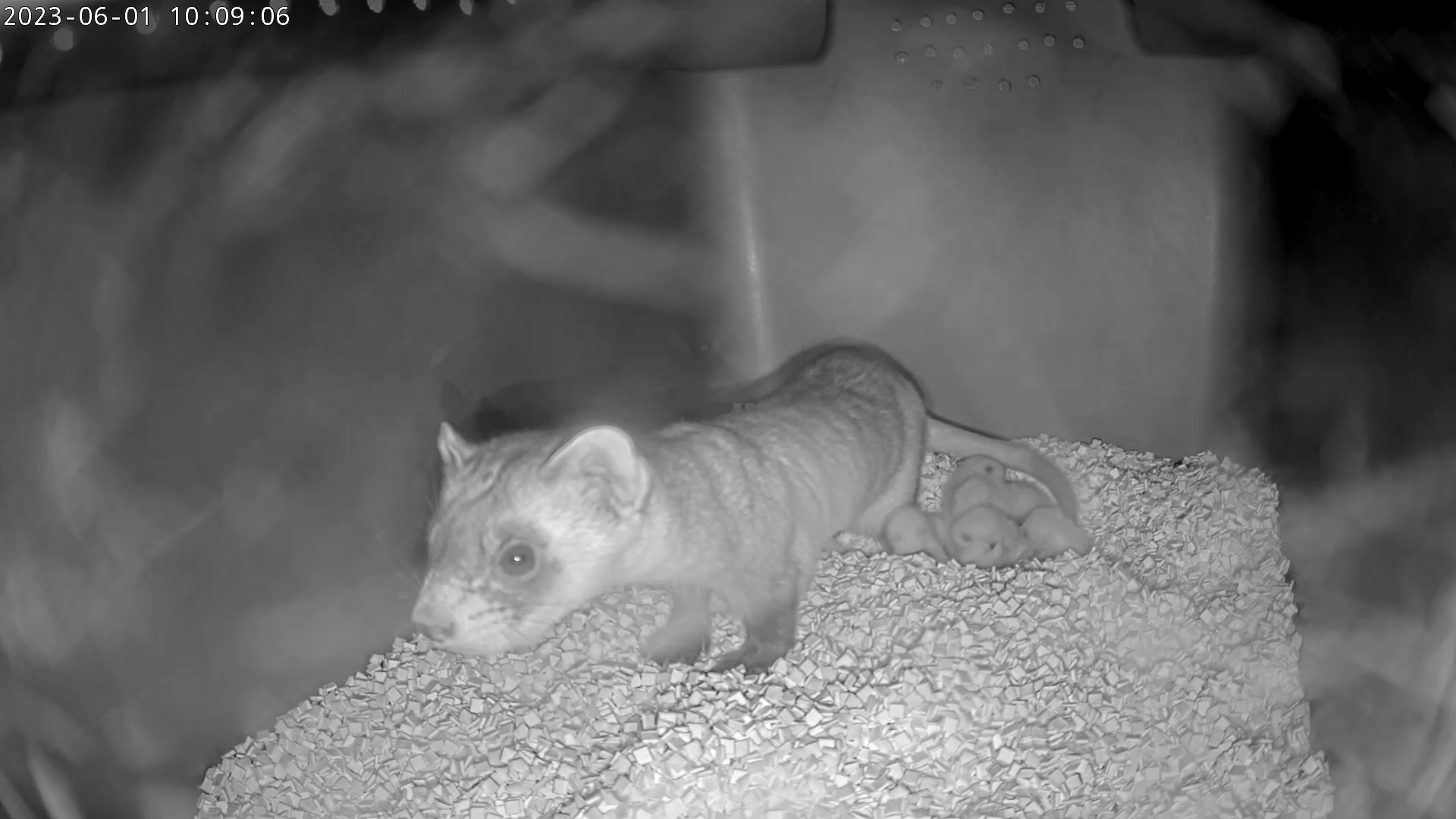
At birth, black-footed ferret kits are blind and weigh less than 10 grams. They have a thin layer of white fur covering their bodies. As they grow, their signature mask-like markings around their eyes and dark markings on their feet begin to appear around 3 weeks of age. At approximately 37 days old, their eyes open, revealing the world around them.
Hickory’s kits have finally reached the stage where their eyes begin to open! They are also at the stage where their first teeth begin to grow, and they start to eat solid foods.
When they are around 45 to 50 days old, the curious kits start venturing out of their den, exploring the tunnel systems in their enclosures. These tunnels mimic the prairie dog burrows that serve as their natural habitat in the wild. This exploration helps the kits develop important skills needed for their eventual release into the wild.
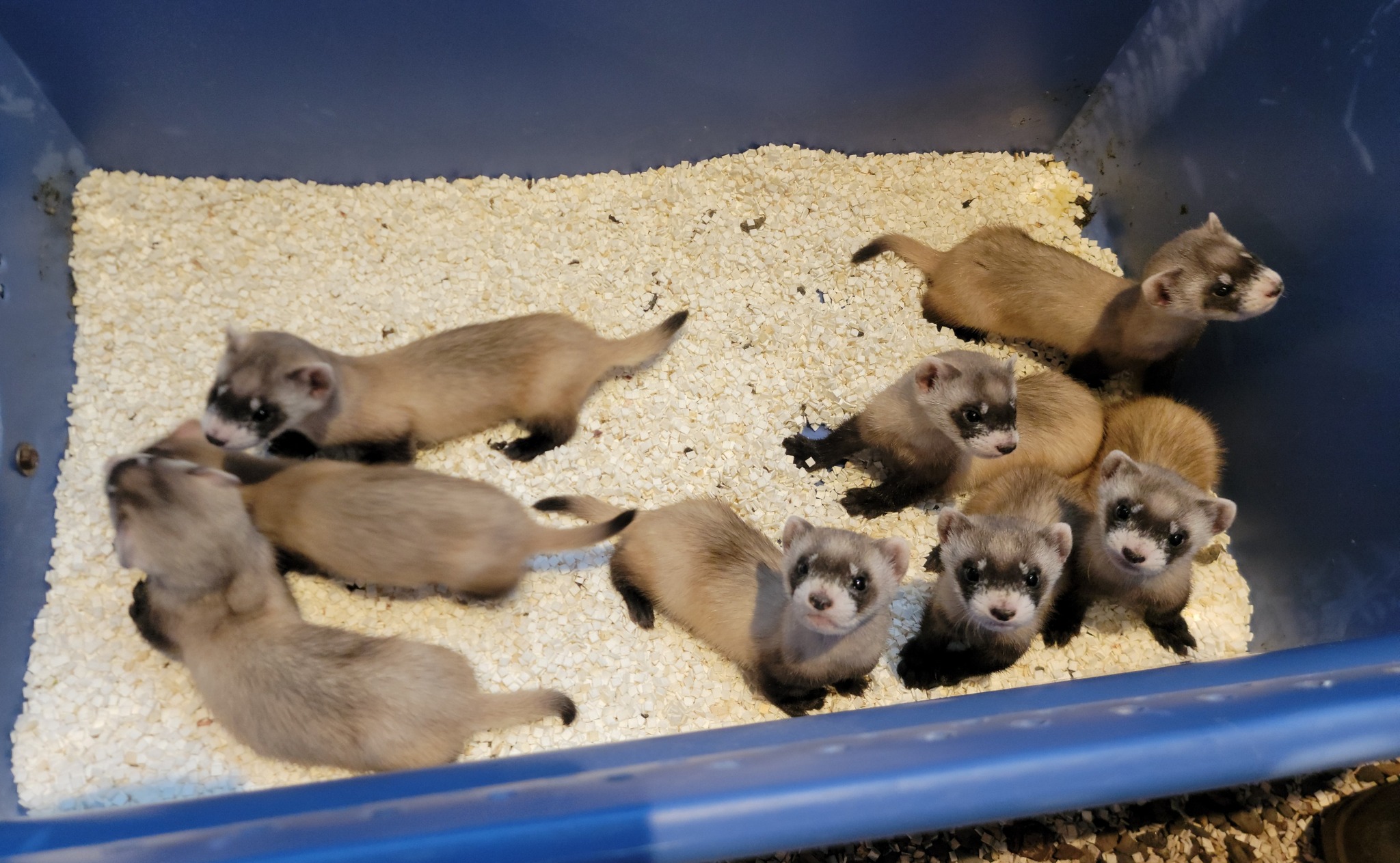
The ultimate goal of the black-footed ferret recovery program is the reintroduction of these animals into their natural habitat. The kits born at the Smithsonian’s National Zoo and Conservation Biology Institute undergo a genetic assessment to determine if they’re good candidates for wild release.
If they are selected for reintroduction, they’ll join the U.S. Fish and Wildlife Service pre-conditioning program. This program teaches the ferrets essential skills for survival in the wild, such as successfully catching prey.
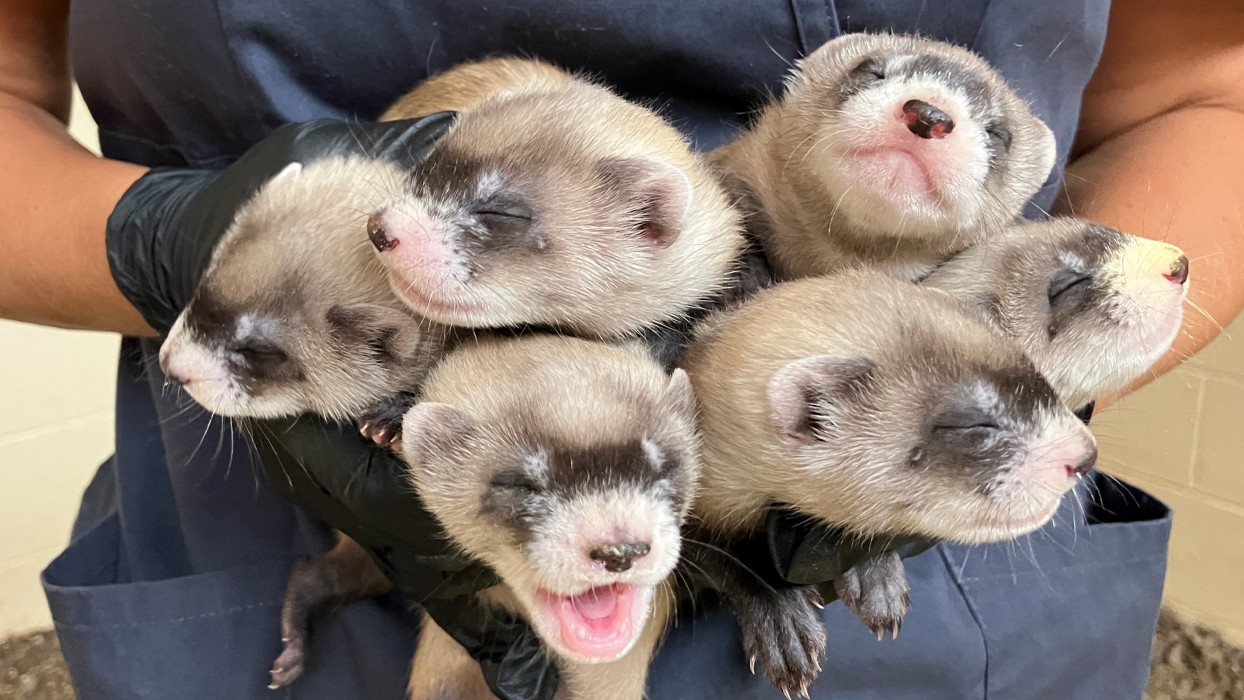
The recovery of the black-footed ferret population is an ongoing success story of a species once believed extinct.
Since the rediscovery of a small population near Meeteetse, Wyoming in 1981, efforts have been made to breed and reintroduce these animals into the wild. With over 750 ferrets reintroduced and a current population of 65 residing at the Smithsonian’s National Zoo and Conservation Biology Institute, the black-footed ferret’s future looks promising.
The journey of black-footed ferret kits from birth to potential release into the wild is a direct example of how conservation efforts can save a species. Through careful breeding recommendations, monitoring, and dedicated conservation efforts, these captivating creatures are making a remarkable comeback.
As we witness the milestones achieved by black-footed ferret kits, we are reminded of the importance of our collective responsibility to preserve and safeguard these incredible animals and the ecosystems they inhabit.
Don’t forget to check the Black-Footed Ferret Cam for more exciting updates on these kits!
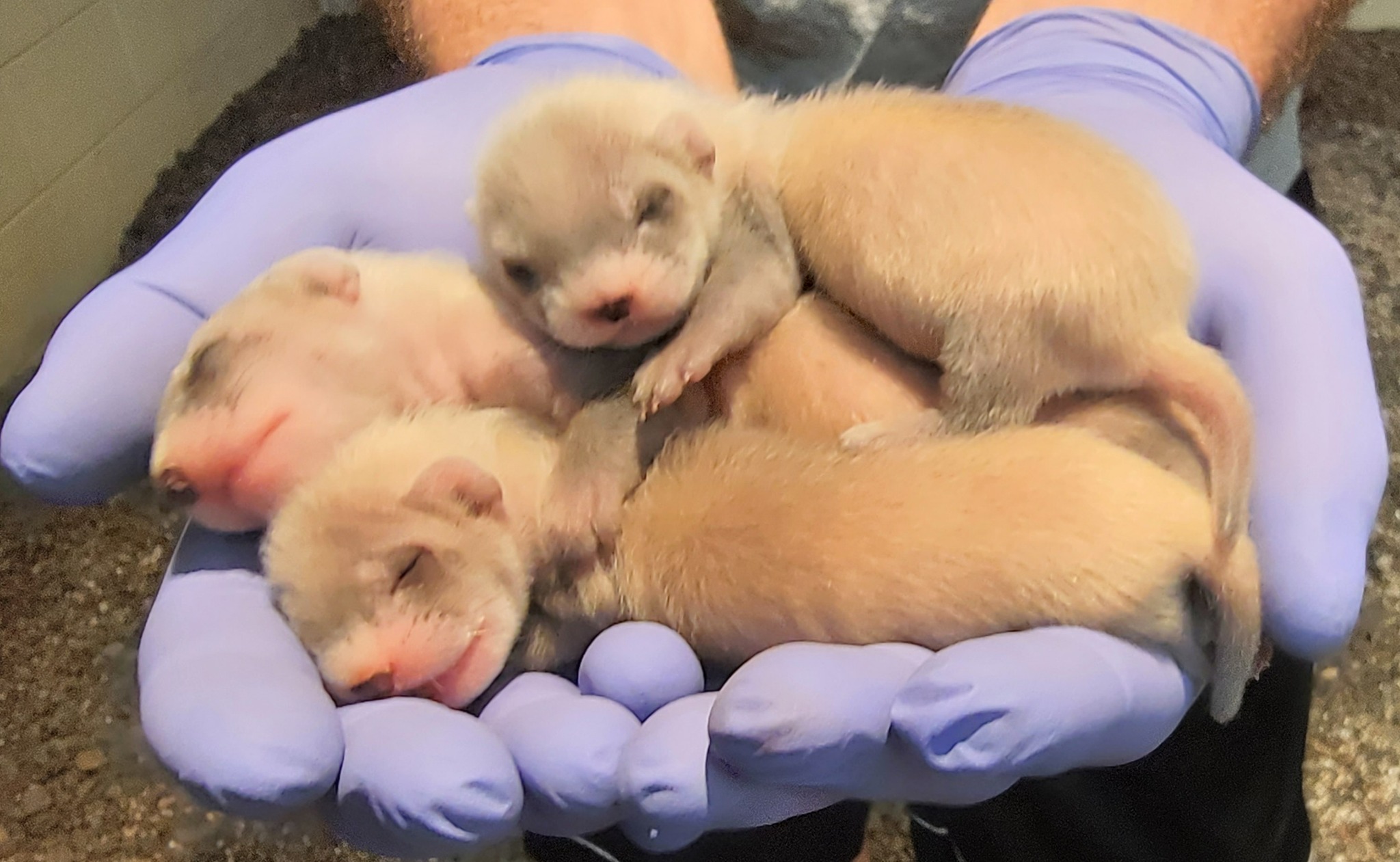
You can find the source of this story’s featured image here.
Want to be happier in just 5 minutes a day? Sign up for Morning Smile and join over 455,000+ people who start each day with good news.


